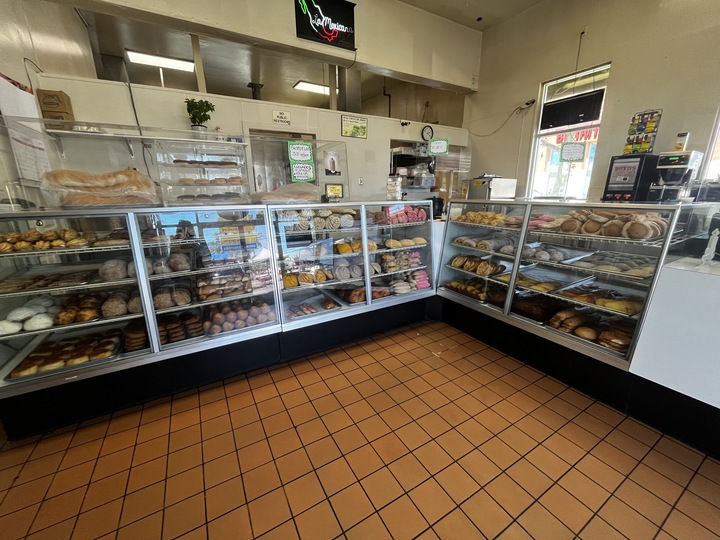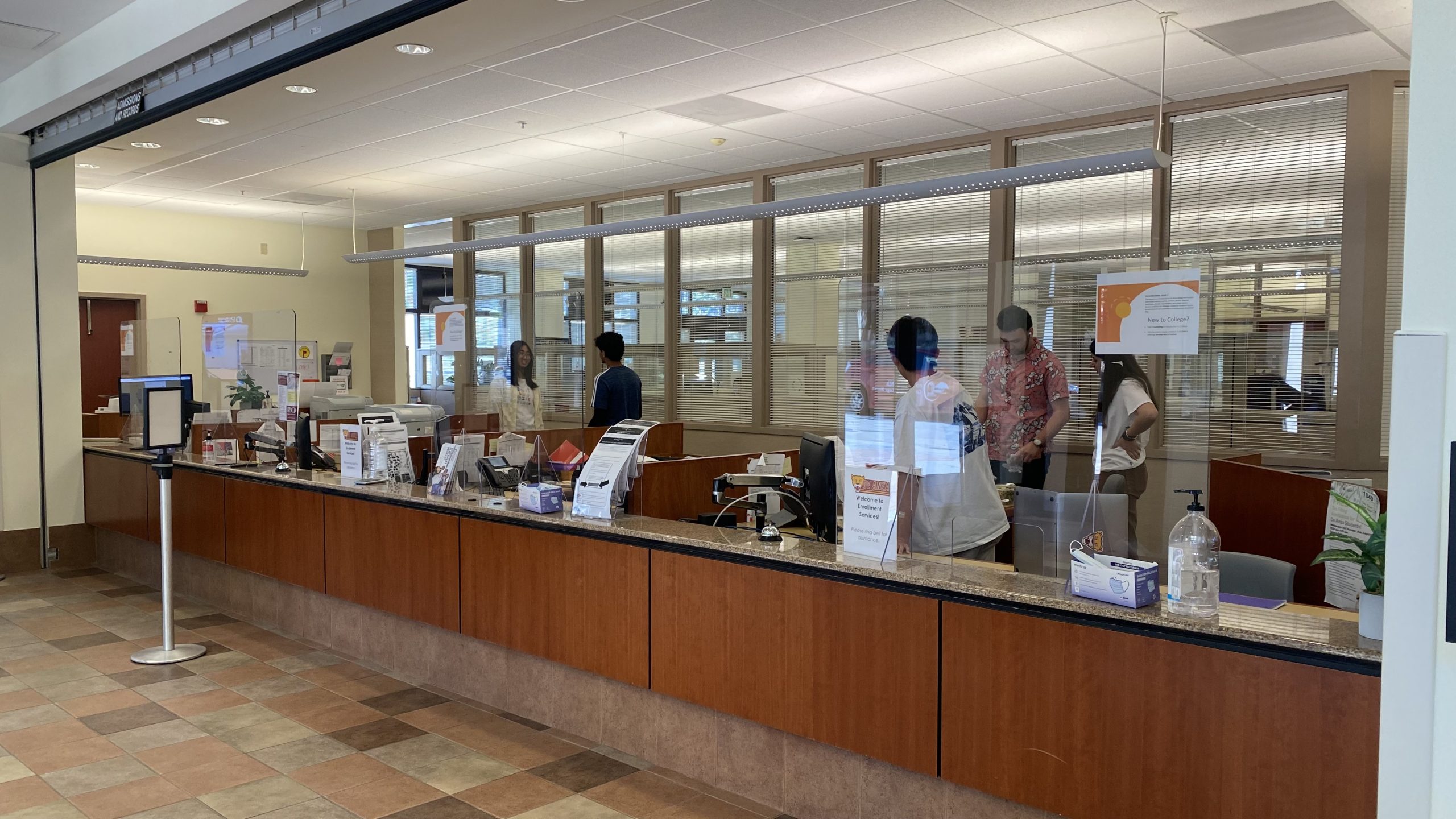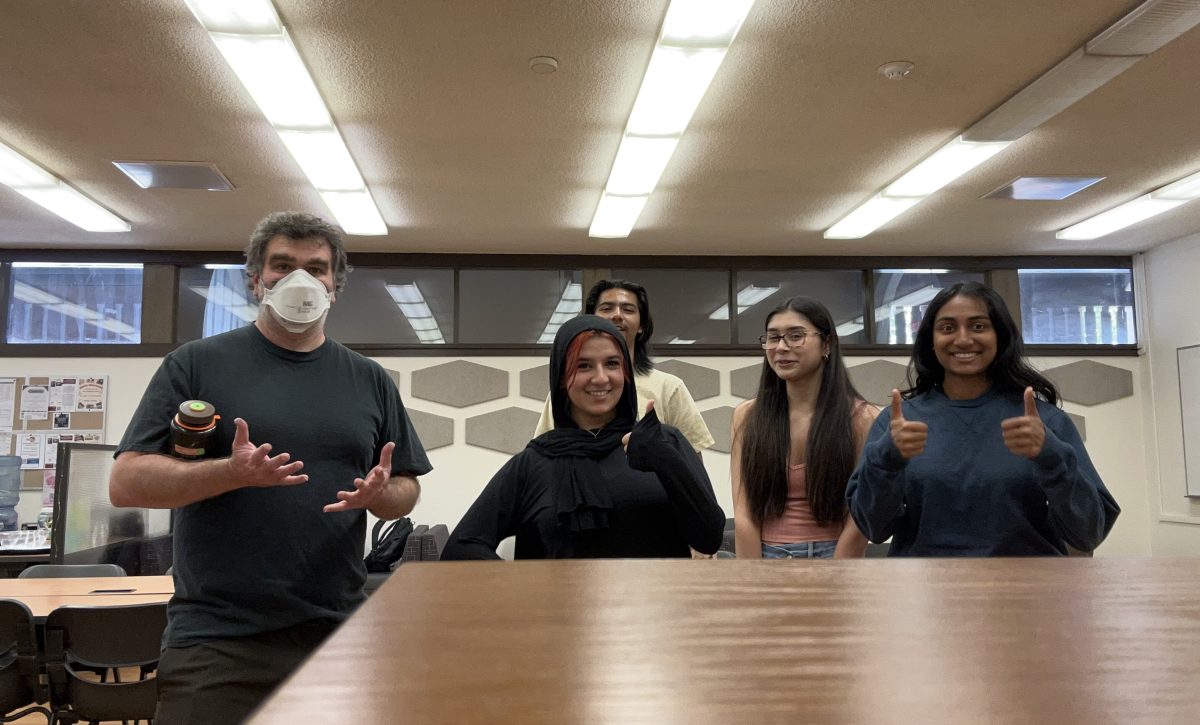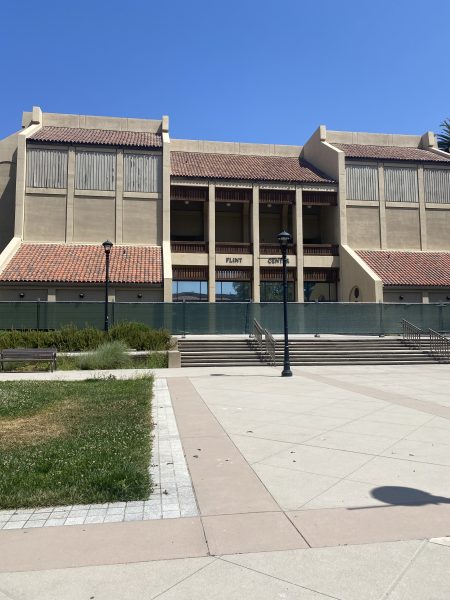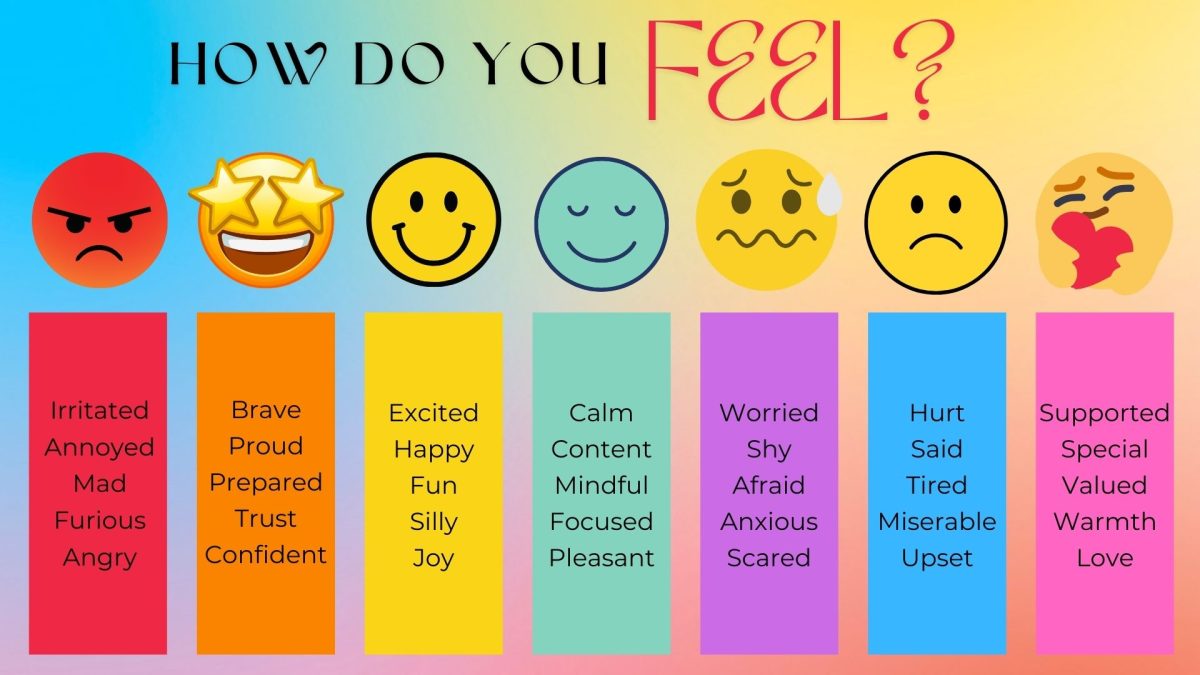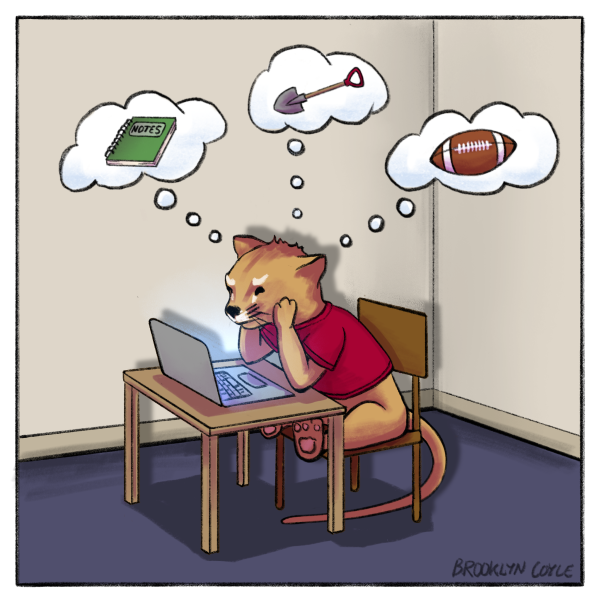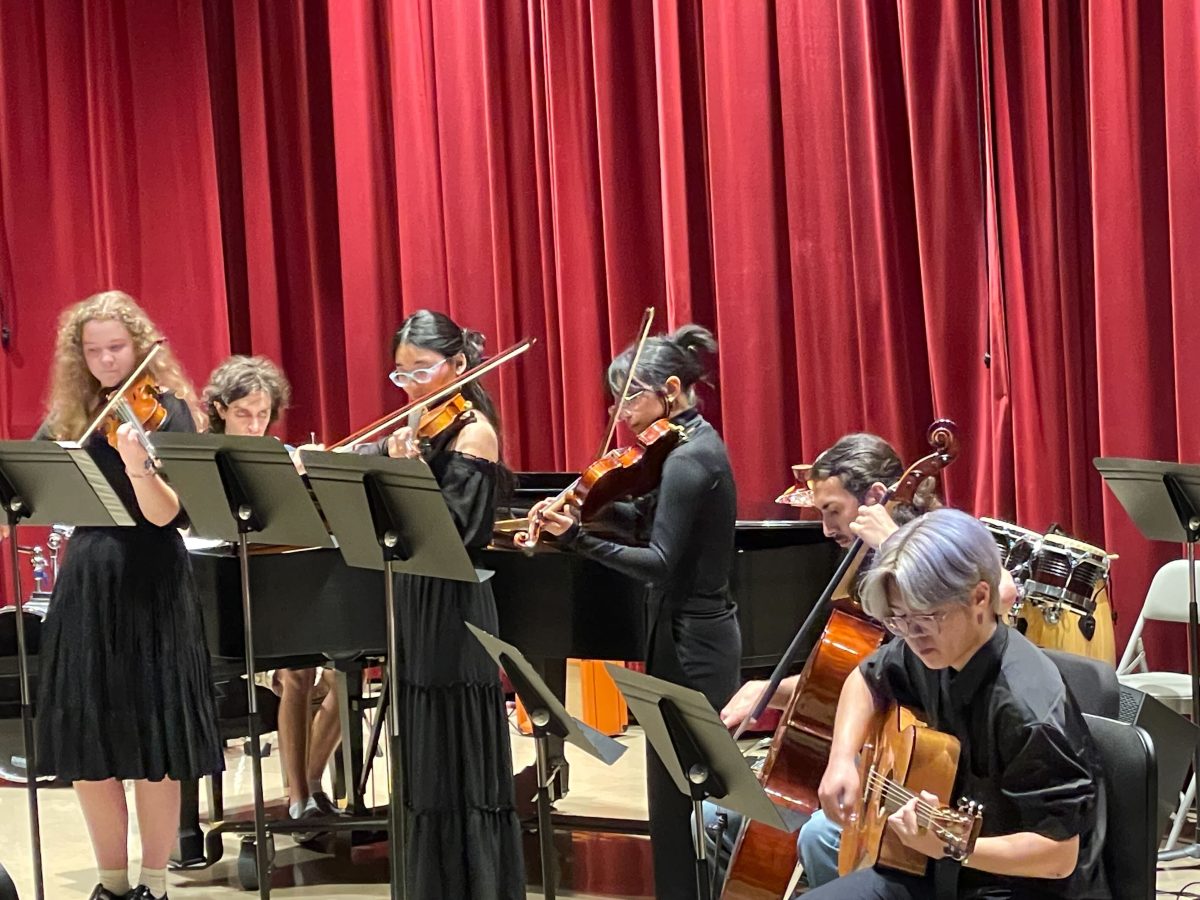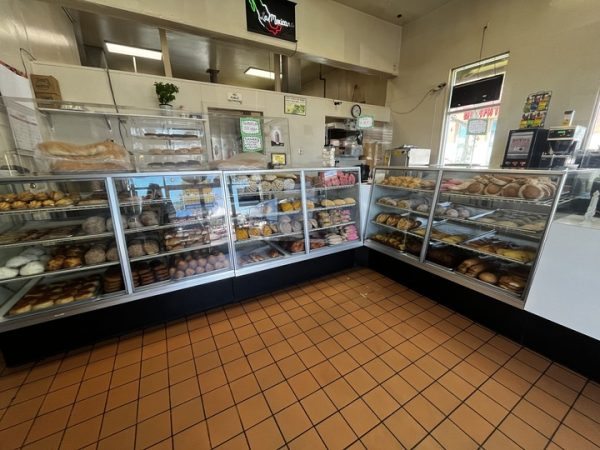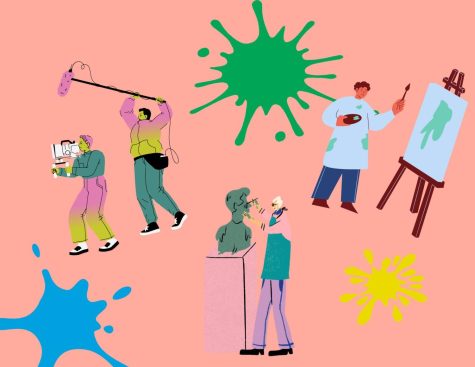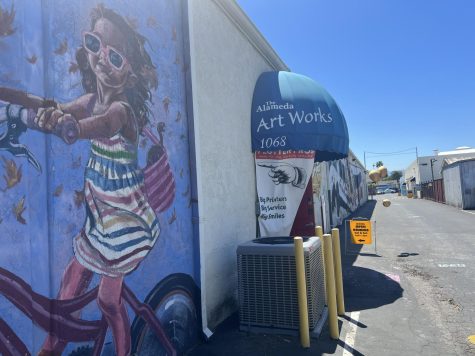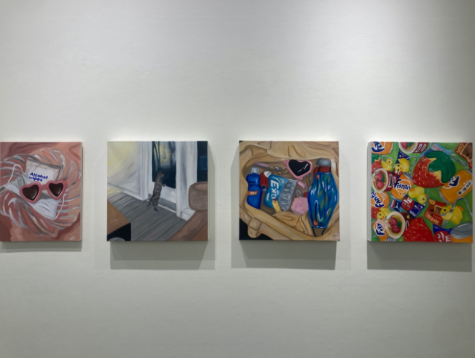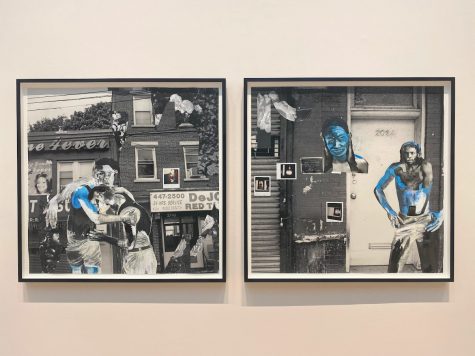Digital art, just as real as your piece of paper
March 29, 2019
One of the greatest and most tragic misconceptions of the art world is those who believe that digital art isn’t real art.
Digital art is not just a passing fad, it is a new form of art that makes it more accessible and creates endless new possibilities for the places art can go and the forms it can take on.
One of the primary stumbling blocks for beginners in traditional art is there is far less room for mistakes. Erasing a sketched outline or changing the colors used too many times can lead to a rougher finished product, causing an artist to feel like they have less room for mistakes.
But with digital art, an artist has the ability to not only have open access to virtually every tool and color they could ever need with a few programs, but they also have the ability to go back and fix mistakes without fear of impacting the finished product.
Digital art welcomes mistakes while traditional art shuns it, making it less intimidating to those who are taking their first steps into the art world.
Being able to use a drawing tablet and stylus also makes digital art more convenient for the modern artist rather than having to carry around a full set of materials to create whenever inspiration strikes.
Another amazing features of digital art is sharing your work across the world in its original form with ease.
Although many traditional artists take photos of their sketches to post to sites like Instagram or DeviantArt, digital artists can upload the art in its purest form and not have it compromised by camera or copier quality. On these sites, it can be easily viewed and appreciated by people worldwide from the comfort of their own homes.
Digital artists such as Nathan W Pyle, creator of the popular Strange Planet comic series, can also now sell art on merchandise and have the chance to put their digital art on everything from t-shirts to tote bags, allowing fans to be able to show off their love for the art.
Most forms of traditional art are unable to be used this way with the exception of digital recreations of famous works such as the Mona Lisa.
Although traditional art is a crucial piece of our culture and history, digital art is here to stay, and with the opportunities it brings to artists everywhere it should be embraced and not shunned.



